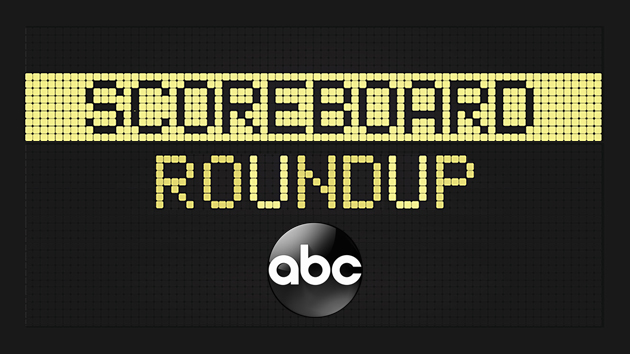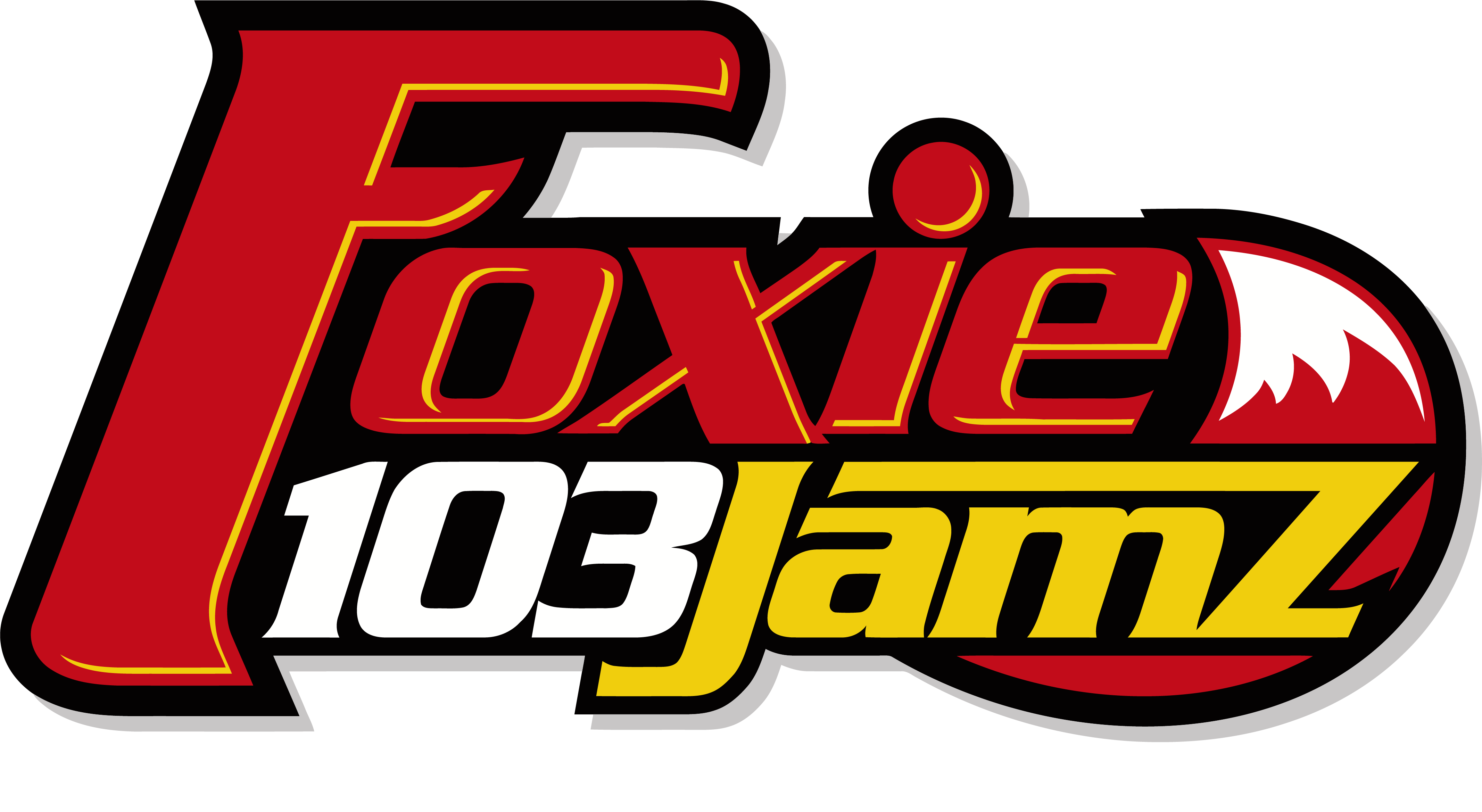2026 Baseball Hall of Fame ballot: 10 things to know, including the newcomers, the PED guys and a prediction
Written by CBS SPORTS ALL RIGHTS RESERVED on November 18, 2025


The ballot for the BBWAA portion of the 2026 Baseball Hall of Fame class was revealed on Monday, featuring 15 returning players along with 12 newcomers. The full list is Bobby Abreu, Carlos Beltrán, Ryan Braun, Mark Buehrle, Shin-Soo Choo, Edwin Encarnación, Gio González, Alex Gordon, Cole Hamels, Félix Hernández, Torii Hunter, Andruw Jones, Matt Kemp, Howie Kendrick, Nick Markakis, Daniel Murphy, Dustin Pedroia, Hunter Pence, Andy Pettitte, Rick Porcello, Manny Ramírez, Álex Rodríguez, Francisco Rodríguez, Jimmy Rollins, Chase Utley, Omar Vizquel and David Wright.
Players who receive at least 75% of the Hall of Fame vote are inducted into the Hall of Fame. Of those remaining, players need to receive at least 5% of the vote to stay on the ballot. After 10 tries, a player would then lapse off the BBWAA ballot. That doesn’t mean their Hall of Fame hopes are permanently off the table, however.
Here’s a lot more to know about the Baseball Hall of Fame discussion we’ll be having the next several weeks. I’ll go more in depth on every single point, and more, before the results are revealed on Jan. 20, 2026.
1. This isn’t the only Hall of Fame vote this offseason
There are two separate Hall of Fame votes every single year. The BBWAA vote is the one generally most discussed and the one that gets you labels like “first ballot Hall of Famer.” Once players are retired for five years, they are eligible for this ballot. Once they’ve fallen off the BBWAA ballot, however, they go into a pool of potential candidates to join via the Era Committee ballots, which also can include non-players like umpires, managers, executives, pioneers, etc.
This offseason, the Contemporary Era Committee will evaluate eight former players whose greatest contributions came from 1980-present: Barry Bonds, Roger Clemens, Carlos Delgado, Jeff Kent, Don Mattingly, Dale Murphy, Gary Sheffield and Fernando Valenzuela. For induction, players must appear on the ballot of 12 of the 16 voters. Those results will be announced on Dec. 7.
Predicting the Contemporary Era Hall of Fame ballot voting for Barry Bonds, Fernando Valenzuela and more
Matt Snyder
2. The first-time class isn’t overwhelming
We’ve seen several first-ballot Hall of Famers lately. The 2025 class had CC Sabathia and Ichiro Suzuki. In 2024 it was Adrian Beltré and Joe Mauer. In 2022, David Ortiz made the cut.
This time around, we very likely don’t have anyone joining those ranks, just like 2023 didn’t.
The top candidate would be Cole Hamels. He went 163-122 with a 3.43 ERA (123 ERA+), 1.18 WHIP and 2,560 strikeouts in 2,698 innings in his career. He won a World Series ring in 2008 and actually won NLCS and World Series MVP that time around. He was a four-time All-Star and finished in the top eight of Cy Young voting four times, though never higher than fifth. The 59 WAR is similar to pitchers like Andy Pettitte, Mark Buehrle, Chuck Finley and Tim Hudson.
After Hamels, there’s Ryan Braun and the stain of PEDs hasn’t been treated nicely by voters with superior players, so I can’t imagine he’ll get much traction. Then there’s Alex Gordon, Shin-Soo Choo, Edwin Encarnacion, Howie Kendrick, Gio González, Matt Kemp, Nick Markakis, Daniel Murphy, Hunter Pence and Rick Porcello.
This class of newbies might have zero Hall of Famers or it might have just one in Hamels, but he’ll take a long time. None will make it this time.
3. Beltrán’s big chance
Carlos Beltrán as a player has a resume that belongs in the Hall of Fame and I’ve broken that down at length before. His connection — leadership might be more accurate — with the 2017 Astros sign-stealing scandal seems to have really dinged him so far in Hall of Fame voting. Then again, unlike with PEDs, the more distance everyone gets from the scandal, the more the feelings seem to be fading.
Beltrán got 46.5% of the vote in the first year and saw the percentage rise to 57.1% in his second year. Last year, his third, he got 70.3% of the vote.
It’s an upward trend anyway, but on top of that, also consider that we already concluded that the new candidates on the ballot are unlikely to make much of a mark. Meanwhile, Ichiro Suzuki, CC Sabathia and Billy Wagner were cleared from last year’s ballot after making it into Cooperstown.
Among players not connected to PEDs, Beltrán has the best on-field resume of anyone on this ballot. The path seems clear.
4. Andruw Jones needs a big move
Jones barely hung around on his first two ballots. He got 7.3% in his first shot and barely more in his second. It has been a steady rise since then, but the possibility of a plateau remains. This is Jones’ ninth year on the ballot, so it’s either this year or next that he needs to get to 75%. Here’s the progression:
- 7.3%
- 7.5%
- 19.4%
- 33.9%
- 41.4%
- 58.1%
- 61.6%
- 66.2%
That’s only an 8.1 point jump in the last two cycles. If he only adds 8.1 in the next two, he won’t make the Hall of Fame. And, again, there’s no guarantee he keeps gaining at that rate.
Andruw Jones is one of the best defensive outfielders ever; so why doesn’t he have more Hall of Fame support?
Matt Snyder

5. Last hurrah for Manny
We’ve mentioned PED guys a few times before, so let’s get to the two big ones.
Manny Ramírez was one of the greatest and most feared sluggers ever. In parts of 19 seasons, he hit .312/.411/.585 (154 OPS+) with 2,574 hits, 547 doubles, 555 home runs, 1,831 RBI, 1,544 runs and 69.3 WAR. He has a gaudy postseason resume. He also has two failed PED tests that resulted in suspensions. He got to his highest vote percentage last voting cycle, but it was 34.3%. He’s now in his 10th and final cycle. This is his swan song.
6. A-Rod playing out the clock?
Alex Rodríguez is in Barry Bonds and Roger Clemens territory in that he’s an obvious all-time great to the point where we don’t even need to lay out his numbers. He was also once slapped with a 211-game suspension — later reduced to 162 — by Major League Baseball due to PED ties via the Biogenesis scandal.
This is only his fifth ballot, but A-Rod hasn’t gotten above 37.1% of the vote so far. Clemens and Bonds plateaued in the 59-61% range until jumping up to around 66% in their last tries.
It seems that A-Rod might be ticketed to a similar fate.
7. How big of a gain can Utley make?
Chase Utley is a good peak Hall of Fame candidate.
Utley started with 28.8% of the vote for the 2024 class and got up to 39.8% last year.
There’s an opening here for a monster gain. Consider what we said above about the incoming class. Now consider that the biggest names on this ballot all have baggage (PEDs with Manny and A-Rod, Beltrán’s sign-stealing thing and Jones had a domestic violence arrest).
I’m not saying I think Utley can leap all the way to 75% this year — though it’s certainly possible — but once players get to a certain threshold, it seems easier to persuade the remaining holdout voters on certain candidates. We’ve seen rallies in recent years on players like Tim Raines, Larry Walker, Scott Rolen and Billy Wagner. Now also consider that next season has only Buster Posey among likely easy votes and it seems the Hall might come calling to Utley within the next two votes.
Even if not, he’s only in his third voting cycle and can really make a ton of progress.
8. Watching the starting pitchers
We’ve discussed this many times, so I’m not going to rehash it all here: Starting pitching has changed drastically in the last several decades. With starters taking on lower and lower workload, if we hold the same Hall of Fame standard that there was before, say, 1980, we’d hardly ever get any starting pitchers in again.
As such, many of us voters have wanted to start lowering the bar on starting pitchers. How much progress is being made? Well, here are the starters from last voting cycle.
| Starting pitcher | 2025 vote % | Year on ballot |
|---|---|---|
|
Andy Pettitte |
27.9% |
8th |
|
Félix Hernández |
20.6% |
2nd |
|
Mark Buehrle |
11.4% |
6th |
There’s also Hamels on this ballot and then Jon Lester next with David Price and Stephen Strasburg coming for the 2028 ballot.
What kind of gains to these guys make this year, if any? Where will Hamels end up? Does it help pave the way for pitchers like Lester and Price?
It’s a storyline to watch.
9. Tracking the other holdovers
The rest of the players returning for the 2026 ballot:
| Player | 2025 vote % | Year on ballot |
|---|---|---|
|
Bobby Abreu |
19.5% |
7th |
|
Jimmy Rollins |
18% |
5th |
|
Omar Vizquel |
17.8% |
9th |
|
Dustin Pedroia |
11.9% |
2nd |
|
Francisco Rodríguez |
10.2% |
4th |
|
8.1% |
3rd |
|
|
5.1% |
6th |
The biggest intrigue, at this point, with Wright and Hunter is if they stay on the ballot or not. I do have a hunch Wright could increase and get above 10% though.
I thought maybe Abreu would be the next sabermetric darling to make a huge move, but his gains have come too slowly so far to believe he has a chance. Can he make a jump of more than 20% and become a serious candidate?
Watch Rollins on this front too. He started at 9.4% and is looking for a huge gain.
Also, last year was only the first on the ballot for Pedroia and we’ve seen players start around where he started before making a run to get in eventually.
10. Prediction
I think Beltrán gets in and that’s it. I think Jones has kind of plateaued and has trouble next year. I’ll also predict Utley makes a huge leap and gets within striking range.
The post 2026 Baseball Hall of Fame ballot: 10 things to know, including the newcomers, the PED guys and a prediction first appeared on OKC Sports Radio.





